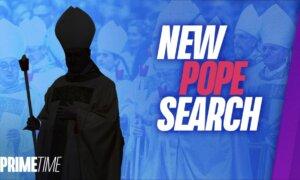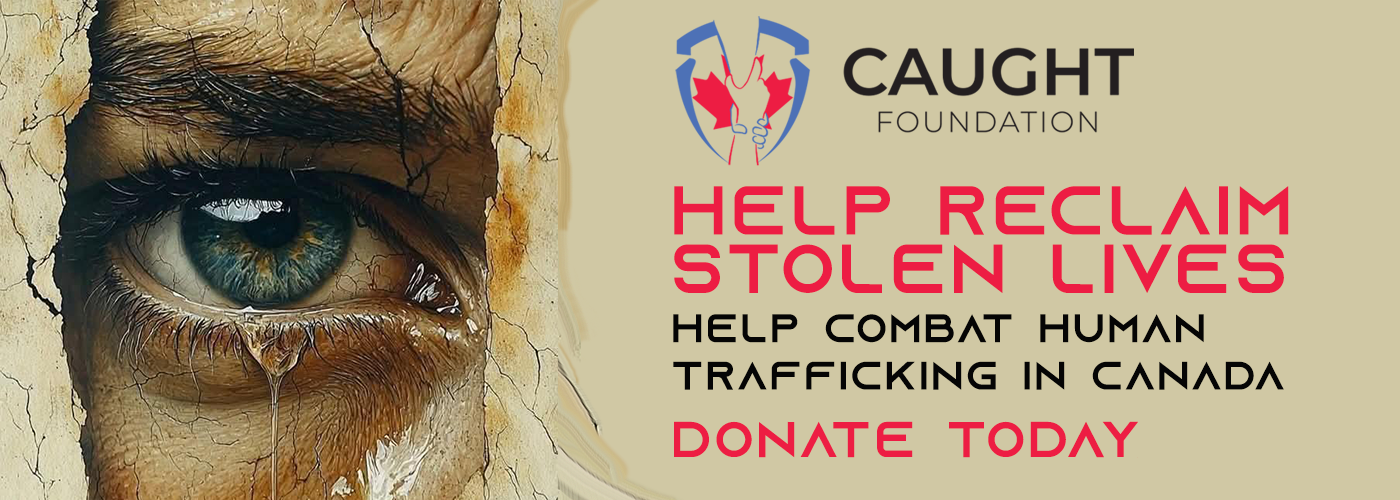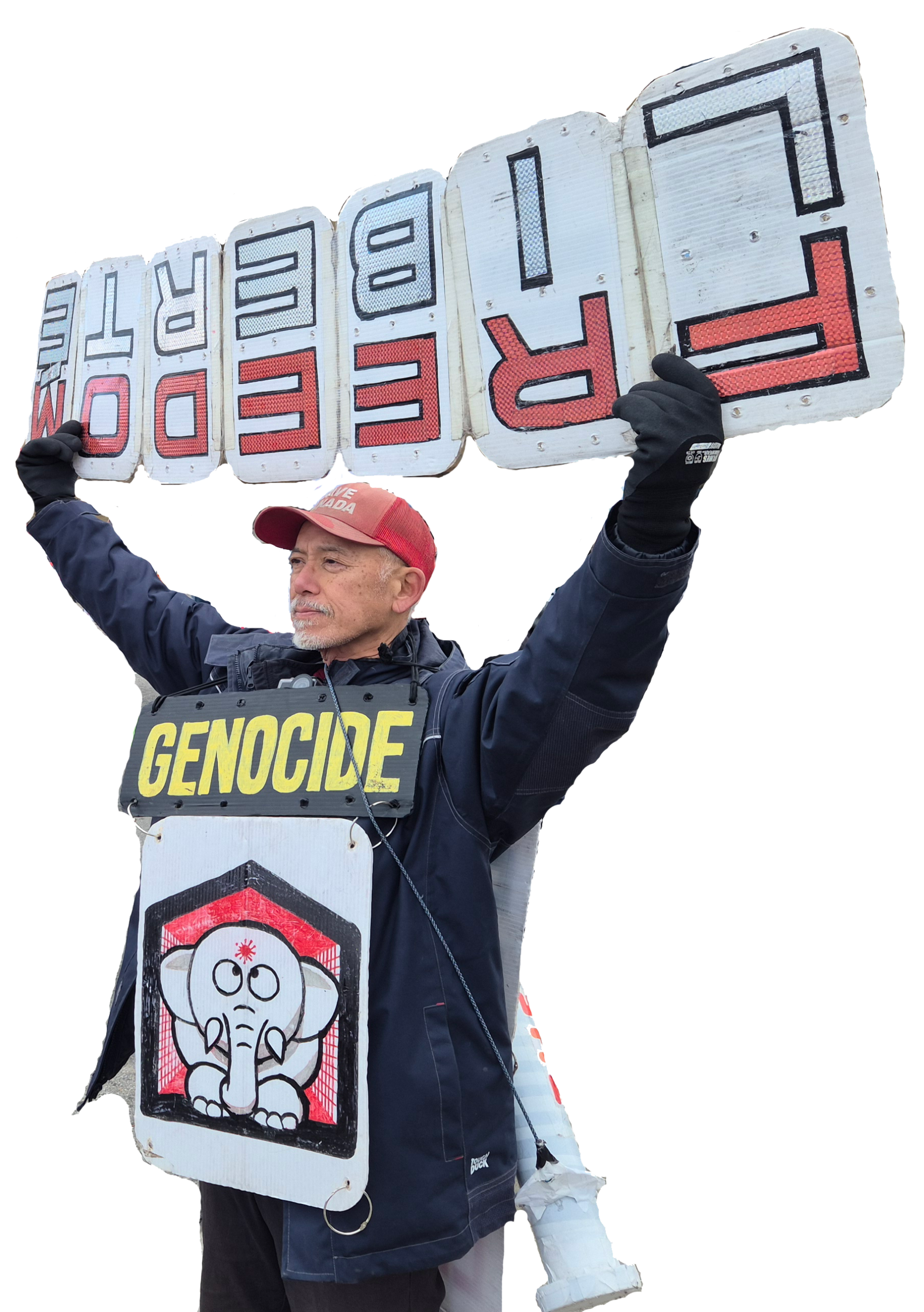The Vatican shuts down all mobile phone communication systems within its territory to ensure the security and secrecy of the voting process.
The time has come to elect a new pope. On Wednesday, 133 cardinals from around the world gathered in the Vatican to begin their conclave.
The day began in St. Peter’s Basilica at 10 a.m. local time, with the Mass for the Election of the Roman Pontiff, led by Cardinal Giovanni Battista Re, Dean of the College of Cardinals.
Like Pope Francis’s funeral Mass, this Mass, while primarily undertaken in Italian, integrated several of the world’s languages, including Latin, English, Spanish, Portuguese, Swahili, and Mandarin Chinese.
“We are here to invoke the help of the Holy Spirit, to implore his light and strength so that the pope elected may be he whom the church and humanity need at this difficult and complex turning point in history,” Cardinal Battista Re said in his homily, which was translated in real time by the Vatican.
He called the upcoming vote “an act of highest human and ecclesial responsibility,” and emphasized that this latest successor to St. Peter the Apostle must exemplify the love Jesus Christ showed his disciples, foster communion among the world’s clergy, peoples, and cultures while holding fast to and inundating the world with the truth of the Gospel, and continue to strive for the church unity willed by Christ.
He also called those listening to pray that this successor will be someone who meets the needs of the world and church of today, and one “who knows how best to awaken the consciousness of all, and the moral spiritual energies in today’s society characterized by great technological progress, but which tends to forget God.”
At 4:30 p.m. local time, the cardinal electors—cardinals under the age of 80—will meet in the Vatican’s Pauline Chapel. They will then process solemnly into the Sistine Chapel, where voting will be held.
All cardinals will take an oath binding them to “absolute secrecy regarding all details surrounding the election of the new Pope, while promising to rebuff any attempts from outside to sway the election,” according to the Vatican news service.
The oath also commits each elector to fulfilling the Munus Petrinum—the mission of St. Peter, the first pope—if he is elected to be the next supreme pontiff of the Catholic Church.
Although any Catholic man is technically able to assume the role, every pope for the past several hundred years has been a cardinal before his election, and all of the outside speculation about the successor to the late Pope Francis has centered on cardinals.
By 3 p.m. on May 7, cell phone coverage in the Vatican will cease. The Vatican Governorate, which administers the world’s smallest country, announced that “all the transmission systems of the mobile phone telecommunications signal, present in the territory of the Vatican City State … will be deactivated.”
This signal drop is in support of the conclave’s security and secrecy requirements. Cell service will be restored “with the maximum speed permitted by the technology of the mobile operators” after the announcement of the next pope’s election.
The two previous conclaves were held in April 2005 and March 2013, making this the third to take place in the age of social media.
Secluded within the walls of the Sistine Chapel, the cardinals will meditate, pray, and formally enter into the voting process.
Conclave Voting Process
Traditionally, the cardinal electors will cast one vote on the first day, and will have four opportunities to vote on each subsequent day.
All voting will be done via hand-written ballots.
Each cardinal will place his vote into a chalice, declaring in Italian, “Chiamo a testimone Cristo Signore, il quale mi giudicherà, che il mio voto è dato a colui che, secondo Dio, ritengo debba essere eletto.”
Translated, that means, “I call as my witness Christ the Lord, who will be my judge, that my vote is given to the one whom I believe should be elected according to God.”
The ballots are then counted and read aloud by three “scrutineers”—cardinals chosen by lot to count the ballots—who ensure the vote was carried out correctly and string the ballots together.
Three “revisers”—also chosen by lot—then check to ensure the count is accurate.
A two-thirds majority vote is needed to elect the next pope, which accounts for 89 of the 133 cardinal electors.
The ballots are burned after each vote, and that smoke will be used to notify the outside world of the result. White smoke means the necessary majority was reached. Black smoke means that the cardinals are still divided.
Onlookers may see smoke between 7–8 p.m. local time (1-2 p.m. EDT) on May 7, but it’s historically unlikely that the conclave’s first vote will produce a new pope.
On Thursday, according to the Holy See Press Office, onlookers should anticipate smoke from the first vote of the day around 10:30 a.m. (4:30 a.m. EDT).
If black smoke rises, another vote could be expected after 12 p.m., and then after 5:30 p.m., and then around 7 p.m., if necessary.
If the smoke is still black, the cardinals will return to their apartments at Casa Santa Marta near St. Peter’s Basilica, ready to repeat the process on May 9.
If no pope is chosen after three days, voting will be paused for a day of prayer, informal discussions, and a spiritual exhortation led by the senior cardinal deacon.







